Venting a Bath Fan in a Cold Climate
Use a high-powered fan and a large-diameter duct with the shortest run possible, and wrap the pipe with insulation.
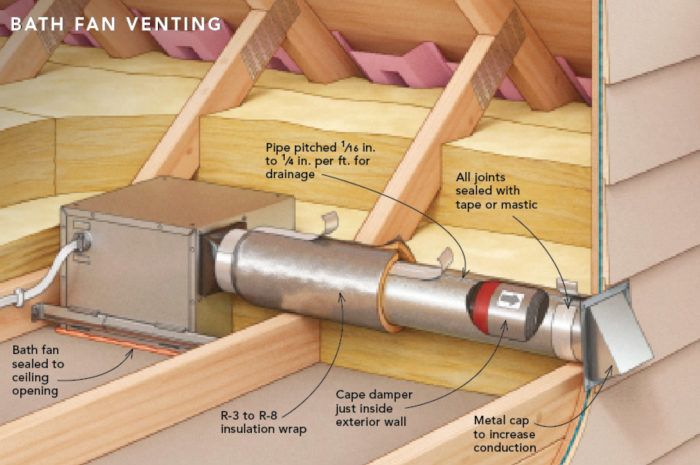
Q: For the first few years that we owned our current house, I wrestled with various ways to vent the upstairs bathroom showers. Everything I tried resulted in condensation and ice problems. Even with double R-19 batts over the vent pipe, I still had problems with condensation and freezing. As we prepare to build a new house, are there proven ways to address this cold-weather condensation issue?
—Keith, via email
A: Michael Maines, a residential designer and former carpenter in Palermo, Maine replies: How to avoid condensation problems in bath venting is a common question. The first step is to understand the concept of bath venting, including how to choose the right fan for your bath, and just as importantly, how to install it right.
Regardless of what the code, or your inspector might say about bathrooms with windows not needing a fan, it’s a good (or great) idea for all baths to have an exhaust fan. The good news is that adding a bath fan to an existing bathroom is a pretty straightforward project. Unfortunately, it’s not something I often see done well. Before we get to some specific advice for cold-weather installations, let’s start with some basic duct advice.
I recommend that my clients vent their bath fans out a gable wall if at all possible (when not using an HRV or ERV, that is). If you vent through the roof, condensation will drip back into the interior. If you vent through a soffit, where attic vents are often located, the moisture will get sucked back up into the attic or roof venting.
Use rigid metal ducting (aluminum or galvanized steel) with lengthwise seams facing up and joints sealed with foil tape or duct mastic, or rigid plastic pipe. Be sure to slope the duct a bit for drainage to the exterior. Rigid duct is better than flex duct, and bigger duct is preferable, especially if the runs are long.
Best practice is to wrap the entire duct with R-3 to R-8 insulation, but, if nothing else, you should at least wrap the 6 ft. of duct just inside the termination point, which is where condensation is most likely to happen. Keep the vent low and run the insulation over the duct.
You can also minimize heat loss by adding a Tamarack Cape Backdraft Damper or other auxiliary damper near the outlet.
For the problem of the exterior vent icing up, 70°F interior air at 25% relative humidity (which is fairly low) will condense at 33°F, so there is going to be condensation in cold weather. With a fan pushing 110 cu. ft. per minute, and air at 80°F and 80% relative humidity, as you might have when taking a nice steamy shower, you’re creating almost 3⁄4 cup of condensate during a 10-minute shower when it’s 25° outside.
The common solutions to this ice problem are to use a higher-powered fan, use a larger-diameter, shorter duct run, and wrap the pipe with better duct insulation. You can also run the fan longer (at least 10 to 15 minutes after showering is a good baseline) so the ice melts or doesn’t freeze in the first place. Also, make sure the damper at the fan itself is working so moist air from the bathroom doesn’t constantly leak into the duct, where it will condense and freeze, even when the fan isn’t running. It can also help to start running the fan before showering, which will draw warm interior air into the duct run and help warm it up before you really start injecting a lot of steamy air. Finally, I recommend using a metal wall cap instead of a plastic one. Metal is highly conductive, and warms up faster when the fan is running.


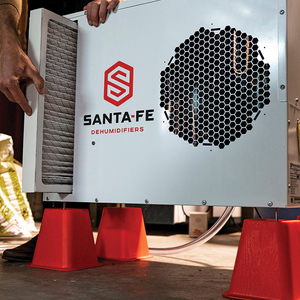

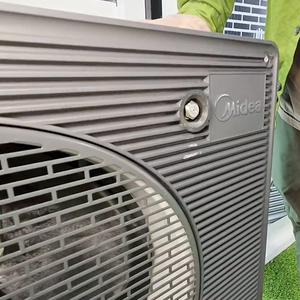




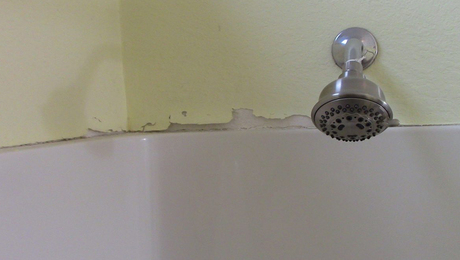


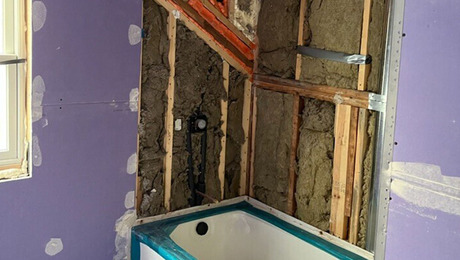
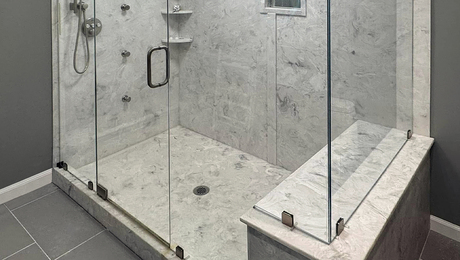
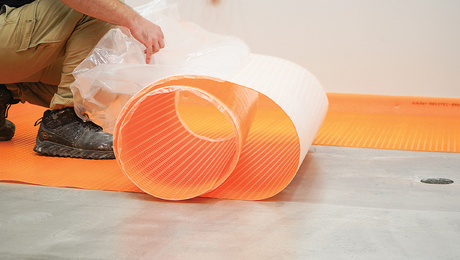
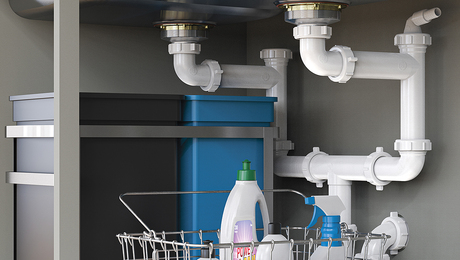










View Comments
Ouch, the reviews on that recommended "Tamarack Cape Backdraft Damper" on Amazon are not pretty if you believe them.
Any other recommendations for reducing cold air sneaking back into the bathroom?
I see a mix of reviews. I don't think you can expect any reasonably priced damper to seal perfectly yet open under the light pressure of a bath fan running on low. Another option is a butterfly damper. One company that makes nice wall caps butterfly dampers: https://www.famcomfg.com/products/hvac-damper/backdraft-dampers/aluminum-wall-vent-with-reversible-backdraft-damper.html. A butterfly damper costs 50% to 100% more than the cape damper.
As for the snug fit, if you've run any ductwork you know that tolerances are not always that precise, so you need to know how to make things work. If it was more than $20 for the cape damper I would expect more of a perfect fit, but for that price I would expect to need a little elbow grease.
Agree regarding both comments from Blue_ & Michael Maines. There's a fairly high rated spring-loaded [butterfly] backdraft damper by American ALDES on Amazon, and an additional option might be to use an outside metal hinged metal cap that has a magnetic strip all around all 3 sides the hinged flapper. A search on the web can locate a supplier for the magnetic seal flapper cap.
WHEN BATHROOMS or kitchens are built or remod- eled, it is standard practice today to install an exhaust fan or some sort.
This diagram seems incredibly ... optimistic. The modern fans I've seen are smaller and don't have the raised exhaust above the joists to shoot straight out the gable end. I needed a flexible insulated duct with one pretty sharp turn. Thanks for the tip on the larger-diameter duct, though. I was going to reduce it from 4" to 3".
It is, so the duct should be raised at the motor for 1/4 drop per foot to exit vent, and a damper located at termination to outside (passive house does not run holes in roofs, just creates another air-leak hole)
For a bathroom fan that is vented through the roof, is there a suggestion/detail you could provide to prevent or minimize the condensation dripping back into the interior?
If your wall cap already has a built-in spring loaded damper flap, would you still recommend a 2nd one damper just back inside the wall, as you show in your diagram? Or, will the damper flap on the wall cap be sufficient? Wasn't sure if it was "better" to have a 2nd damper flap in conditioned/insulated space? Installation is in CT, so it gets to maybe -10deg F here in the Winter for a few days at worst.
I had the same query...It's hard to imagine the author was proposing using only the Tamarack Cape Backdraft Damper in the exhaust vent, but it seems like overkill to have both the fabric damper & an exterior spring-loaded door. I purchased a DryerWallVent vent for my bath fan, which I find solid & reliable. I checked with the company--they're rated for bath fan venting beyond 70 CFM, so it should work fine.